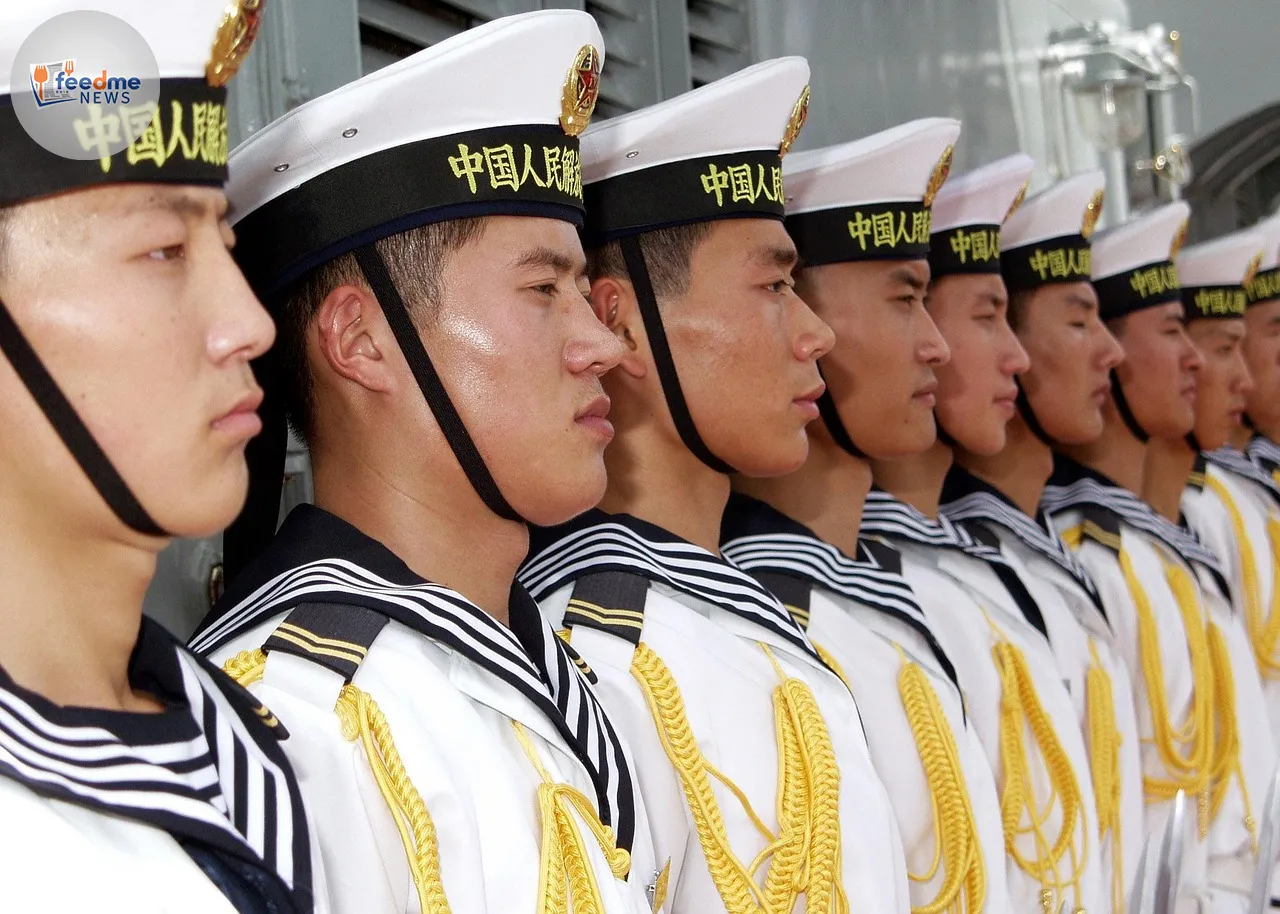In a significant move affecting global economies, former US President Donald Trump announced a 90-day extension on the imposition of higher tariffs on Chinese imports. This decision, confirmed by officials on Monday, comes just hours before the previous agreement was set to expire. By signing an executive order, Trump has postponed the implementation of increased tariffs until 10 November. This extension aims to provide more time for negotiations and potentially avert an escalation in trade tensions between the two economic giants.
The announcement follows a series of discussions between high-level officials from both the United States and China. These talks, described as “constructive” by both parties, have been part of ongoing efforts to resolve the trade disputes that have affected global markets and economies over the past years.

The Timing and Location of the Decision
The decision to delay the tariffs was made in Washington D.C. on Monday, a strategic move as the deadline loomed close. This extension is critical as it allows both nations to continue their dialogue without the immediate pressure of looming economic consequences. The location of the announcement underscores the US’s continued focus on addressing the trade imbalance with China, a key issue during Trump’s administration.
The timing of the extension is particularly noteworthy, as it came just before the previous deadline, highlighting the urgency and importance placed on these negotiations by both nations. The extension provides a window of opportunity for further dialogue, potentially leading to a more comprehensive trade agreement.
The Background of US-China Trade Relations
The trade tensions between the US and China have been a significant issue for several years, beginning with the imposition of tariffs by the Trump administration in 2018. These tariffs were initially introduced to address what the US perceived as unfair trade practices by China, including intellectual property theft and forced technology transfers.
Since then, both nations have engaged in numerous rounds of negotiations, resulting in various temporary truces and partial agreements. However, a comprehensive solution has remained elusive, with each side maintaining firm positions on key issues. The ongoing negotiations aim to find a mutually beneficial resolution to these complex trade challenges.
Expert Insights on the Tariff Extension
Economists and trade experts have weighed in on the impact of the tariff extension, with many suggesting that this move could provide much-needed stability to global markets. “The extension allows both sides to continue negotiations without the immediate pressure of tariff increases,” said Dr. Emily Chen, a trade policy expert at the Brookings Institution. “This could lead to a more favourable outcome for both economies.”
However, some experts caution that the extension might only be a temporary reprieve if substantial progress is not made in the coming months. “While the delay is positive, it is crucial for both sides to use this time effectively to address the core issues at hand,” noted Steven Miller, a senior economist at the Peterson Institute for International Economics.
Potential Impacts on Global Markets
The extension of the tariff truce has been met with relief by global markets, which have been closely monitoring the situation. Analysts expect this decision to provide short-term stability to financial markets, which have experienced volatility due to uncertainties surrounding US-China trade relations.
The delay also offers businesses in both countries a temporary respite from the potential impacts of increased tariffs. Companies that rely on imports and exports between the US and China can continue their operations without the immediate threat of higher costs, allowing them to plan and strategise for the future.
Looking Ahead: Opportunities and Challenges
As the new deadline approaches, both the US and China face significant opportunities and challenges. The extension provides a critical window for both nations to make progress on a comprehensive trade agreement that addresses the concerns of both sides.
However, the path forward remains complex, with numerous issues still needing resolution. The coming months will be crucial in determining whether the two countries can reach a lasting agreement or if further extensions will be necessary.
The global community will be closely watching these developments, as the outcome of these negotiations will have far-reaching implications for international trade and economic stability. As both nations continue their dialogue, the hope is that a resolution can be reached that benefits not only the US and China but also the broader global economy.





